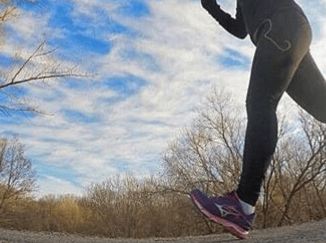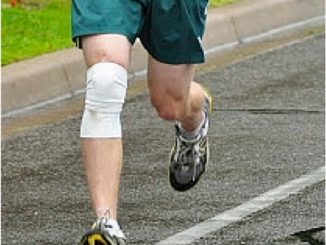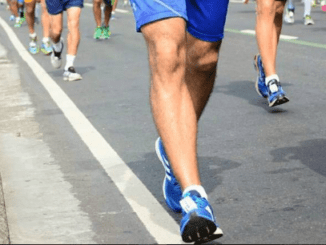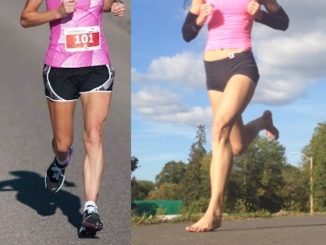Heel strike running is bad because multiple lines of research over the last few decades have proved the many verifiable aspects of heel strike running that are primarily responsible for nearly all running injuries vs forefoot running.
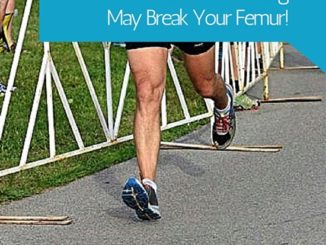
Heel Strike Running Causes Femur Fracture. Forefoot Running Doesn’t.
Heel strike running produces an impact variable, known as an impulse wave, that is primarily responsible for long bone injuries, such as a femur fracture, as compared with forefoot running, which was found to sufficiently counter this damaging impact.

